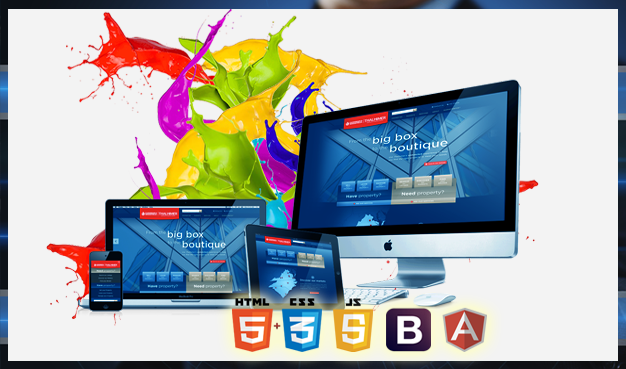- Have any questions?
- (Prasad) +91 96191 46851 | (Parag) +91 99878 20022
- support@pnpwebdesign.com
Unveiling the Power of Dynamic Sites: Everything You Need to Know

Unraveling the Power of CMS Websites: A Comprehensive Guide
February 10, 2024
Unveiling the Magic of Dynamic Web Pages: A Complete Guide
February 10, 2024Unveiling the Power of Dynamic Sites: Everything You Need to Know

In the ever-evolving landscape of web development. Dynamic site stand out as versatile, interactive, and user-centric platforms that adapt to users’ needs in real-time. In this comprehensive guide, we’ll explore the concept of dynamic sites, their key features, benefits, and how they enhance the online experience for both businesses and users.
-
Understanding Dynamic Sites:

A dynamic site is a type of website that generates content dynamically in response to user interactions, database queries, or external data sources. Unlike static sites, which display fixed content to all users. Dynamic sites offer personalized experiences by tailoring content based on user preferences, behavior, and other variables.
-
Key Features of Dynamic Sites:
Dynamic sites boast a plethora of features that distinguish them from static websites. These features include dynamic content generation, user authentication and personalization, interactive forms and multimedia integration, e-commerce functionality, and real-time data updates. By leveraging these features, businesses can create engaging and immersive web experiences that captivate their audience and drive conversions.
-
Benefits of Dynamic Sites:
Dynamic sites offer numerous benefits to businesses and users alike. For businesses, dynamic sites enable better customer engagement, increased conversion rates, and improved search engine rankings due to fresh and relevant content. Users, on the other hand, benefit from personalized experiences, faster load times, and seamless navigation, resulting in higher satisfaction and loyalty.
-
Development of Dynamic Sites:



Building dynamic sites requires a combination of technical expertise and creative design skills. Developers use programming languages such as PHP, Python, or JavaScript, along with databases like MySQL or MongoDB, to create dynamic functionality and interact with data in real-time. Designers focus on creating intuitive user interfaces that enhance usability and accessibility, ensuring a seamless browsing experience for users.
-
Examples of Dynamic Sites:
Dynamic sites are ubiquitous on the internet, powering a wide range of websites and applications across various industries. Examples include social media platforms like Facebook and Twitter, e-commerce sites like Amazon and eBay, content management systems like WordPress, and online banking portals. These platforms leverage dynamic elements to deliver personalized content, facilitate user interactions, and drive user engagement.
-
Future Trends in Dynamic Sites:
As technology continues to advance, the future of dynamic sites holds exciting possibilities. Emerging trends such as artificial intelligence (AI), machine learning, and progressive web apps (PWAs) are poised to shape the future of web development, offering new opportunities for innovation and creativity. By embracing these trends and adopting cutting-edge technologies. Businesses can stay ahead of the curve and deliver exceptional web experiences to their users.
Dynamic Site Conclusion:
Dynamic sites represent the future of web development, offering personalized, interactive, and engaging experiences that cater to users’ individual preferences and needs. By understanding their features, benefits, and development process. Businesses can harness the power of dynamic sites to create compelling online experiences that drive user engagement and foster long-term success. So, embrace the dynamic nature of the web. Unlock the full potential of dynamic sites to elevate your online presence to new heights!





